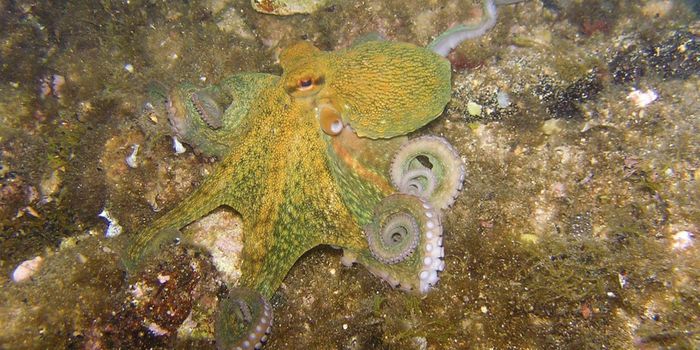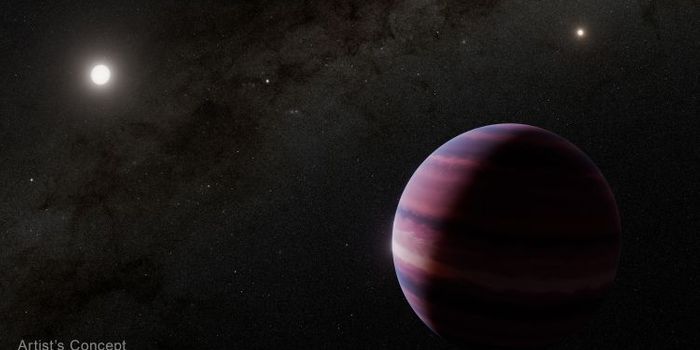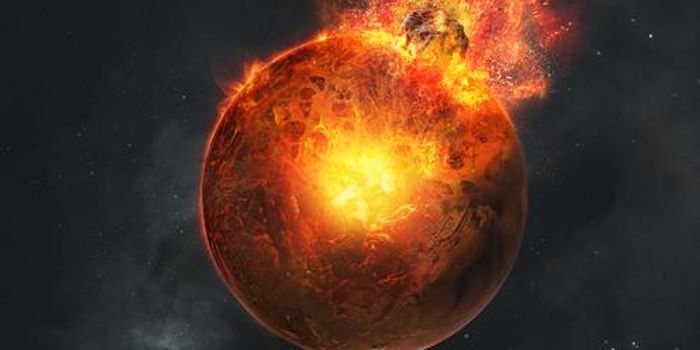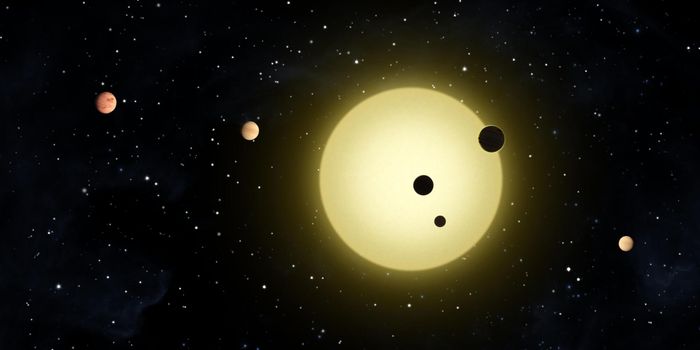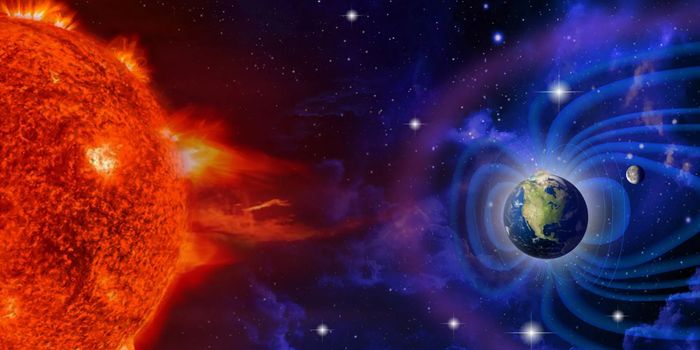Astronomers Discover Planet with 3 Suns
Having just one star in our solar system makes us an outlier in our galaxy. However, while most solar systems in the Milky Way have two stars, astronomers have now found another outlier- a solar system with three.
The system, known as KOI-5, is located in the constellation of Cygnus. It was first discovered via observations of an exoplanet, known as KOI-5Ab, over a decade ago. Due to its complicated nature in what seemed to be a multi-star system, however, it was largely overlooked by astronomers in favor of easier-to-study single-star system planets.
Nevertheless, some researchers continued to use ground-based telescopes, including the Palomar Observatory, the WM Keck Observatory, and the Gemini North telescope to study KOI-5. By 2014, they found that it had two companion stars- KOI-5B and KOI-5C. However, they also noticed that these three stars alone could not account for an observed dip in starlight in the system.
It was only in 2018 that, using Kepler's successor TESS, researchers found an answer for why this dip in starlight occurred- an exoplanet orbiting KOI-5A. Analyzing previous data, they were able to confirm that this exoplanet was the earlier detected and overlooked KOI-5Ab, and that it orbited at least one of the stars in the system at a skewed angle.
Delving deeper, the researchers were able to deduce that KOI-5Ab is likely a gas planet around seven times the mass of Earth. It likely has a five-day orbit of KOI-5A, and in turn, an orbital period of KOI-5B of around 30 years. KOI-5C is further out. As such, standing on KOI-5Ab, KOI-5A would dominate the sky, whereas KOI-5B would look similar to our Sun, and KOI-5C would appear as a very bright star in the distance.
The researchers also noted that KOI-5Ab has a misaligned orbit relative to KOI-5A and KOI-5B. Under normal circumstances, it would have been aligned on the same plane, like the planets of our Solar system around the Sun's equator. However, it instead sits on a tilt of 50 degrees. As such, they suppose that KOI-5B may have gravitationally skewed the exoplanet's orbit, kicking it out of alignment while in formation.
"We still have a lot of questions about how and when planets can form in multiple-star systems and how their properties compare to planets in single-star systems," says David Ciardi, chief scientist at NASA's Exoplanet Science Institute. "By studying this system in greater detail, perhaps we can gain insight into how the Universe makes planets."
Sources: NASA, Science Alert


